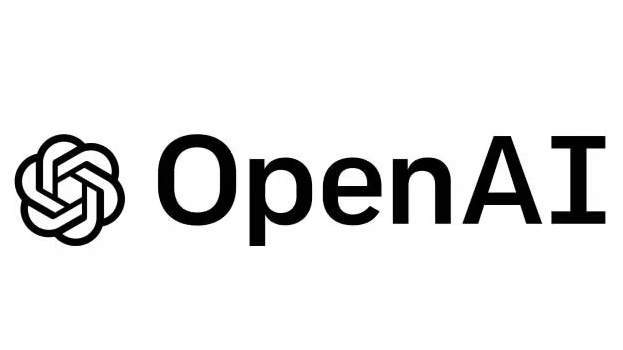The relentless march of computing power has entered an astonishing new phase, transitioning from the familiar metrics of MIPS (Millions of Instructions Per Second) and teraflops to the staggering realm of exaflops (a billion billion calculations per second). This exponential explosion in computational capability is not merely an incremental improvement; it represents a fundamental paradigm shift that is directly fueling the current artificial intelligence revolution, enabling breakthroughs and applications previously confined to the realm of science fiction. The journey from rudimentary processors to today’s exascale systems underpins the remarkable progress seen in large language models, complex scientific simulations, and sophisticated AI-driven analytics.
The historical trajectory, often guided by the principles of Moore’s Law which predicted the doubling of transistors on a chip roughly every two years, has seen processing power increase exponentially for decades. However, the demands of modern AI workloads, particularly deep learning, have catalyzed a diversification beyond traditional CPUs. Graphics Processing Units (GPUs), originally designed for rendering images, proved remarkably adept at the parallel computations required for training neural networks. This led to the rise of specialized AI accelerators like Google’s Tensor Processing Units (TPUs) and numerous other custom-designed chips (ASICs) optimized specifically for AI tasks. This hardware diversification, coupled with architectural innovations and advanced chip manufacturing processes, has collectively driven the leap towards exascale computing.
The primary driving force behind this insatiable demand for compute is the sheer complexity and scale of contemporary AI models. Large Language Models (LLMs) like those powering advanced chatbots, generative AI tools for image and code creation, and sophisticated recommendation engines require training on vast datasets using billions or even trillions of parameters. The computational resources needed for both training these behemoths and running them for inference (making predictions or generating output) are immense. Beyond generative AI, scientific research increasingly relies on massive simulations – from climate modeling and drug discovery to materials science and astrophysical simulations – tasks that benefit immensely from exascale power. Cloud service providers and hyperscalers are also locked in an arms race to build out the most powerful AI infrastructure to attract customers.
This surge in raw power is enabled by a confluence of technological advancements. Chip architectures continue to evolve, packing more processing cores and specialized AI functions onto single dies. Interconnect technologies, like NVIDIA’s NVLink or high-speed optical links (as highlighted by companies like Broadcom), are crucial for enabling thousands of processors to work together efficiently in large clusters. Innovations in memory bandwidth, distributed computing frameworks (like Kubernetes and specialized AI orchestration software), and advanced cooling solutions are all essential components enabling systems to reach and sustain exaflop performance levels. The synergy between hardware innovation and software optimization is critical to unlocking the full potential of these powerful machines.
The impact on the field of artificial intelligence is profound. Increased compute allows for the creation of significantly larger and more capable AI models, leading to improved accuracy, nuanced understanding, and more human-like interaction. Training times that once took weeks or months can now be reduced to days or even hours, accelerating the pace of research and development. Real-time AI applications, such as autonomous driving systems that need to process sensor data and make decisions instantaneously, become more feasible. Complex problem-solving in domains like protein folding (e.g., AlphaFold) or optimizing complex logistical networks becomes computationally tractable.
However, this era of exploding compute power is not without its challenges. The energy consumption of exascale data centers is enormous, raising significant environmental concerns and driving research into more energy-efficient hardware and algorithms. The sheer cost of building and operating these systems is prohibitive for all but the largest organizations, potentially exacerbating inequalities in access to cutting-edge AI capabilities. Data bottlenecks – moving vast datasets to the processors quickly enough – and the need for continued algorithmic innovation to make efficient use of the available power remain key hurdles.
Looking ahead, the trajectory suggests continued growth, with discussions already turning towards zettaflop computing (a thousand exaflops). Breakthroughs in areas like quantum computing, neuromorphic chips that mimic the brain’s structure, and advanced optical computing could introduce entirely new computational paradigms. The transformative potential for society is immense, promising further revolutions in science, medicine, business, and daily life. The ongoing explosion in compute power is undeniably the engine driving the current AI revolution, fundamentally reshaping our technological landscape and defining the frontiers of future innovation.
Source: VentureBeat

